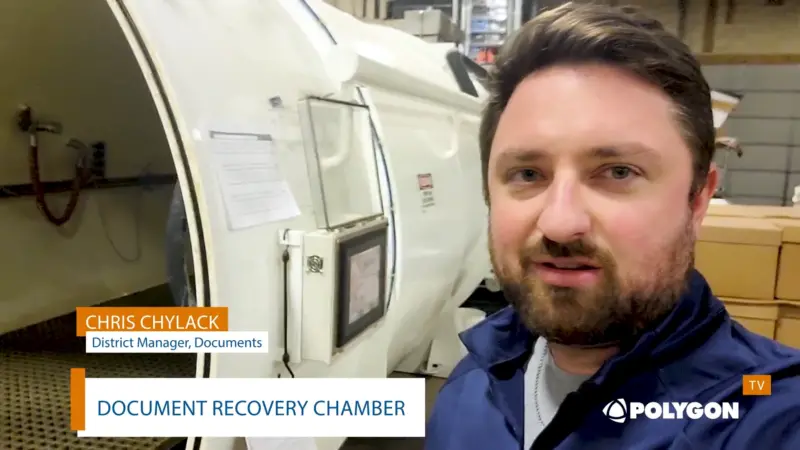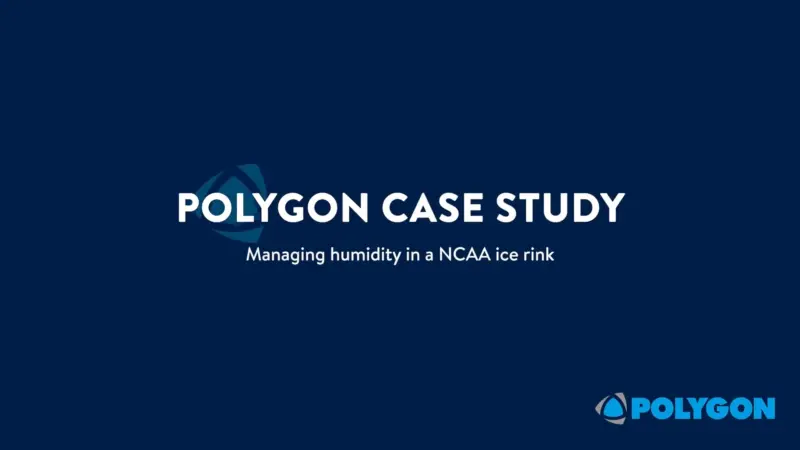EXPLORING THE PROBLEM OF MOLD IN SCHOOLS: PREVENTION AND REMEDIATION BEST PRACTICES
Mold can be a dangerous threat when it grows undetected and untreated. When mold develops in certain settings, many people can be exposed to its harmful effects. In an educational environment, mold can be a hidden hazard that can significantly impact students and staff, especially those with allergies or respiratory issues.
Mold requires oxygen, water, and a source of food to grow. It can populate in wood, paper, carpet, food, and insulation, making schools a primary target for mold growth. The key to preventing mold, however, is to control moisture. To best understand the risk and the steps to take to inhibit or remediate mold, it’s critical to know how and when it grows.
What Causes Mold in School Buildings
Mold is versatile in that it can grow almost anywhere. It favors warm temperatures and high humidity. This creates a perfect environment for mold cultivation. It also grows fast. According to the Federal Emergency Management Association (FEMA), surface mold can appear in only 24 to 48 hours. HVAC leaks, plumbing leaks, water damaged plywood, and drywall, or other unventilated areas make an ideal breeding ground for mold. To ensure mold doesn’t have a chance to form, a building should be kept ventilated and dry and have its major systems, such as HVAC and plumbing, serviced regularly.
Mold Finds Life When School Isn’t in Session
One of the unique things about schools and universities is that they are left dormant for periods of time, especially over summer breaks. These uninhabited environments tend to be more prone to mold growth. Thus, school administrators and facility managers need to understand the risks for mold.
Often, regular maintenance such as painting or carpet cleaning can increase moisture within a building, frequently leading to mold infestation. The summer weather in some climates adds even more humidity. The HVAC system may be off for long periods of time as well, allowing moisture to enter the building. There are many other entry points for water including roof and window leaks that may not be found for weeks. By that time, mold has been able to grow and multiply. All of these possibilities make it essential for school stakeholders to create a plan to check the facility on a regular basis while school is not in session.
Mold Stories: Tales of Caution
Just as the semester began at the University of Tennessee this fall, 600 students had to vacate their living quarters after mold was identified in their dorm. As soon as the mold was discovered, remediation began, resulting in much scrambling to rehouse the displaced. Additional dormitories were also tested on the campus to ensure this wasn’t a pervasive problem. The university stated that dorms had been inspected before the fall semester, but no mold was detected until months later. Luckily, no illnesses were reported. Could this mold have been prevented? Possibly—with the right climate control system.
Another college, St John’s Queens Campus, discovered a mold problem in one of their main AC units. By the time it was found, a group of students was already experiencing symptoms of illness. Students were concerned about the building and even contacted a local news channel to investigate. The school responded that the mold was the product of high humidity, and the areas had been properly remediated. It’s just another example of how mold can grow quickly and cause maladies rapidly.
Legislators Recognize the Threat of Mold in Schools
While most schools and universities have a formal response strategy for dealing with mold, legislators are responding to the ever-looming threat as well. In fact, a New Jersey state legislator has proposed a bill that would put into effect a law that requires the proper inspections and treatments for mold in schools. The assemblyman behind the bill introduced it in response to the dozens of schools in New Jersey where mold had been found in the past year, and the safety concerns the fungus presents. This new bill is likely to have overwhelming support and could be part of New Jersey law soon.
Think Prevention First
Prevention of mold is, of course, much less costly than recovery. Thus, it’s essential for every school to have a mold prevention plan. Prevention has an average cost of $6-$12 per square feet, whereas the recovery of mold-infested documents and books can cost $250-$400 per cubic feet based on severity—quite a substantial difference in cost.
The primary goal of schools and universities should be finding a partner that understands the unique challenges of their particular industry. The ideal partner will recognize not only the importance of indoor air quality to the students and faculty inhabiting the building, but that schools often have periods of inactivity when water damage can easily go unnoticed, and therefore, untreated.
To prevent and remediate mold when a water event does occur, it is critical that a school implement a temporary climate solution immediately, such as a humidity control unit (HCU). Removing the moisture lowers the humidity, thereby minimizing mold risk. With an HCU, fresh air is treated and dehumidified with the use of waste heat from the refrigeration circuit for energy savings.
Staying Vigilant: Preventing Mold While School’s Out
Since there are large spans of time in which schools are empty, these spaces could be a breeding ground for mold. That is why it is so important to be vigilant about prevention. The most important thing is to control humidity with a dehumidification plan. Additionally, there needs to be a strategy for HVAC maintenance.
For humidity control, the Environmental Protection Agency (EPA) states that relative humidity should be below 60% and ideally between 30-50%. To attain those levels, facility managers will need to consider cooling and desiccant dehumidification to control dew point temperatures. This can be achieved with an HCU to ensure air quality stays good and mold doesn’t grow.
If the HVAC system isn’t in use while the building is dormant, it could be a place for microbial growth. Thus, it’s necessary to have a maintenance plan to include cleaning the indoor and outdoor coils. It’s also a good idea to clean the condensate trap and do an inspection of all the other parts including filters, belts, motors, and bearings.
Taking these measures during summer break could be the difference between a safe environment and a moldy one.
Commercial HVAC vs. Temporary Equipment
When compared to traditional equipment, an HCU is a far less costly alternative for mold remediation efforts:
Comparison Parameters:
- One-month/28 days use
- 70,000 square foot building with 15-foot ceilings
HVAC Numbers:
- 400 Ton Chiller – 800 amps = 640 Kilowatts
- $.09/Kilowatt Hour = $57.60/hour
- 24 Hour Operation = $1,382.40/Day
- 1 Month/28 Days = $38,707.20
HCU Numbers:
- Rental Rate = $20,766.00/month
- 240 amps = 192 Kilowatts.
- $.09/Kilowatt Hour = $17.28/Hour
- 24 Hour Operation = $414.72/Day
- 1 Month/28 Days = $11,612.16 + $20,766.00/Rental = $32,378.16
Total savings: $6,329
Find the Right Temporary Climate Control Solution with Polygon
Controlling temperatures year-round at schools and universities is vital to an academic organization’s ability to prevent and remediate mold. Realize the ultimate protection by partnering with Polygon. The modern and advanced HCUs used by Polygon in prohibiting mold growth or quickly treating it reduce energy costs, improve IAQ (indoor air quality), and decrease mold risk by keeping moisture in check. Further, an HCU from Polygon:
- Requires no painting
- Offers built-in digital controls for easy use
- Provides either hard-wired or wireless monitoring
- Delivers easy retrofitting
- Is ETL listed (UL) and CE registered
With reduced building moisture, mold has fewer chances to form. Using Polygon equipment as a first defense could save your campus a significant amount of money, time, and resources.
Learn more about our temporary climate solutions for schools today.



